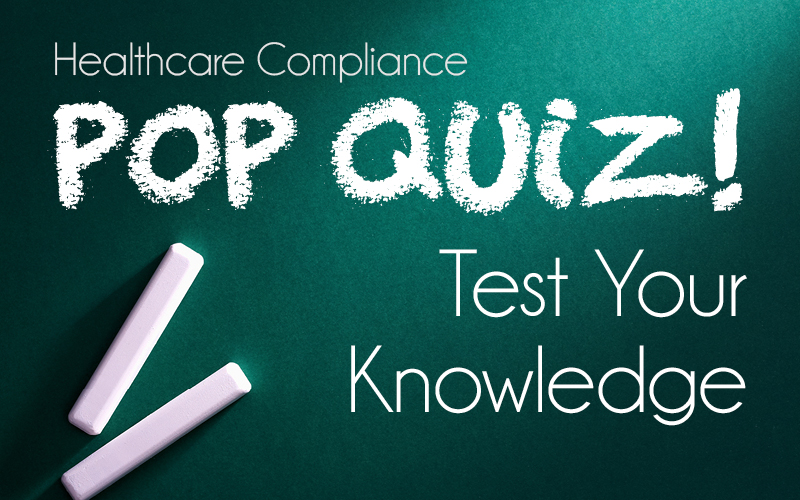What Should You Do If An Employee Has An Exposure Incident
According to the OSHA Bloodborne Pathogen Standard, an exposure incident occurs with blood or other potentially infectious material (OPIM) coming in contact with the eye, mouth, mucous membranes, non-intact skin or parenteral contact due to the employee’s work-related duties. Following appropriate first aid measures, the employer should be notified to arrange for an immediate confidential medical evaluation and follow-up.
This must be at no cost to the employee and must be performed by or under the supervision of a licensed physician. Laboratory tests must be done by an accredited laboratory and also at no cost to the employee.
An employee may choose not to consent for HIV testing at the time of exposure incident but can decide within 90 days to have sample tested. The blood sample must be kept for this time period.
Early intervention could help prevent infection or possible spread of bloodborne pathogens. Vaccination status of the employee should be determined. If the employee had declined Hepatitis B vaccine prior to the exposure, the vaccination should be offered again at no charge.
The HIV and HBV status of the source individual should be determined. If the source individual consents, the employer should test the blood as soon as possible. Some states allow testing of the source without their consent. Results of source individual’s infectivity are shared with the exposed employee, however the employee must not disclose the identity or infection status of the source.
An investigation should be performed regarding the circumstances of the exposure incident to potentially prevent another avoidable exposure incident. Documentation should include the location of the incident, device used and/or procedure performed, personal protective equipment used and engineering controls in effect, and the applicable employee training prior to the exposure. Any changes to procedures should be noted in the Exposure Control Plan.
According to US Public Health Service, post-exposure prophylaxis must be offered for HIV, HBV, HCV. The exposed employee should receive education on the tests and interpretations and possible illnesses related to exposure.
Finally, a written opinion must be given to the employee within 15 days of healthcare provider’s evaluation. This should include:
- whether Hep B vaccine was recommended
- whether or not the employee received vaccination
- healthcare provider informed employee of results of evaluation and any medical conditions due to exposure that would require further evaluation

